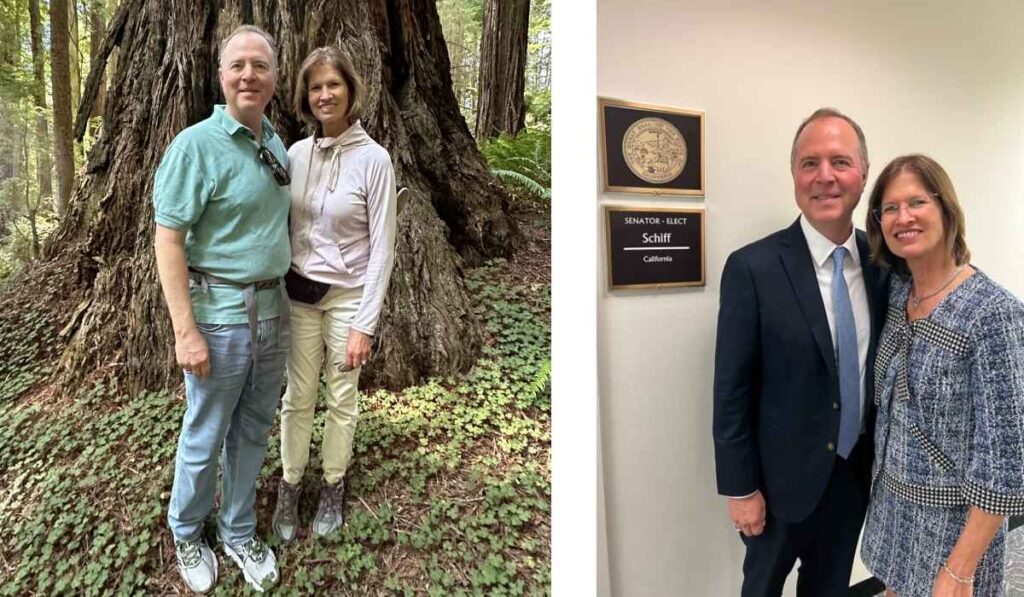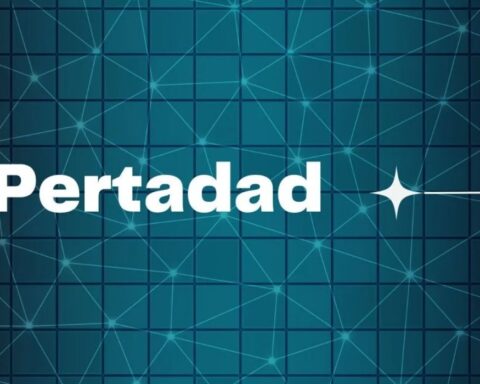Fraud remains one of the most significant risks facing organizations worldwide. Businesses lose billions of dollars each year due to fraudulent activities. To address this growing challenge, experts often rely on the Fraud Triangle theory, which explains why individuals commit fraud. By examining the fraud triangle components—pressure, opportunity, and rationalization—organizations can uncover weaknesses in their systems. When combined with practices like PEP screening, businesses gain stronger defenses against financial crimes.
What Is the Fraud Triangle Theory?
The Fraud Triangle theory was introduced by criminologist Donald Cressey. It explains the psychological and situational factors that drive people to commit fraud. According to the model, fraud typically occurs when three elements come together: an individual under pressure, an opportunity to commit fraud, and a way to rationalize their actions.
Understanding this triangle of fraud allows businesses to predict and prevent unethical behavior. It remains one of the most widely used models in auditing, compliance, and risk management.
The Three Fraud Triangle Components
Pressure
Pressure is often the first step in the fraud risk triangle. It arises when individuals face financial difficulties, personal debts, or unrealistic performance targets. For example, an employee may feel compelled to manipulate accounts to cover mounting bills. Pressure does not always involve financial issues; sometimes, it stems from a desire for recognition or career advancement.
Opportunity
Opportunity exists when there are weak controls in an organization’s systems. If employees believe they can bypass monitoring without detection, they are more likely to commit fraud. Poorly designed internal processes, lack of oversight, or excessive trust in certain employees create openings for fraud. Eliminating these opportunities through strong audits and compliance frameworks is critical.
Rationalization
Rationalization allows individuals to justify fraudulent behavior. They may convince themselves that they are only “borrowing” money temporarily or believe that they deserve extra compensation. Rationalization closes the triangle of fraud by making dishonest actions seem acceptable in the fraudster’s mind. Organizations can counter this by promoting a culture of ethics and accountability.
Why the Fraud Risk Triangle Matters for Businesses
The fraud risk triangle helps organizations understand how fraud develops. Fraud does not happen overnight; it grows from small, unchecked behaviors. By monitoring all three factors, businesses can detect early warning signs. Training employees, conducting surprise audits, and reinforcing ethical values make it harder for fraud to thrive.
Industries such as banking, insurance, and healthcare use this model to evaluate risks. For example, banks assess employees’ access to funds and transaction systems. Healthcare organizations monitor billing practices to avoid fraudulent claims.
The Role of PEP Screening in Fraud Prevention
While the fraud triangle components explain why fraud occurs, PEP screening helps identify where risks exist. PEP stands for Politically Exposed Person—individuals who hold public positions or are connected to high-level officials. Because of their influence, PEPs are more vulnerable to bribery, corruption, and money laundering.
Financial institutions are required to conduct PEP screening to ensure compliance with anti-money laundering (AML) laws. By combining screening tools with the Fraud Triangle theory, organizations can uncover red flags before they escalate. This dual approach reduces exposure to reputational damage and legal penalties.
Breaking the Triangle of Fraud
Organizations must address all three elements of the triangle of fraud to prevent misconduct. Reducing employee pressure through support programs and fair workloads is one approach. Eliminating opportunities with strong internal controls, frequent audits, and advanced fraud detection systems is another. Finally, fostering an ethical culture makes rationalization difficult.
Leadership plays a key role in breaking the fraud risk triangle. Transparent communication, strict compliance policies, and continuous training help create a culture of integrity. Employees who feel supported and monitored are less likely to engage in fraudulent behavior.
Conclusion
The Fraud Triangle remains a vital tool in understanding financial crimes. By examining the fraud triangle components—pressure, opportunity, and rationalization—organizations gain insights into fraud risks. Applying the Fraud Triangle theory alongside preventive measures like PEP screening provides a comprehensive defense strategy. Ultimately, addressing the triangle of fraud reduces losses, safeguards compliance, and protects organizational trust.
Read More Zoeperry









